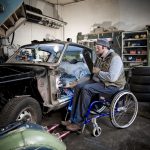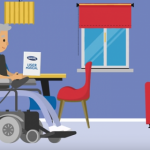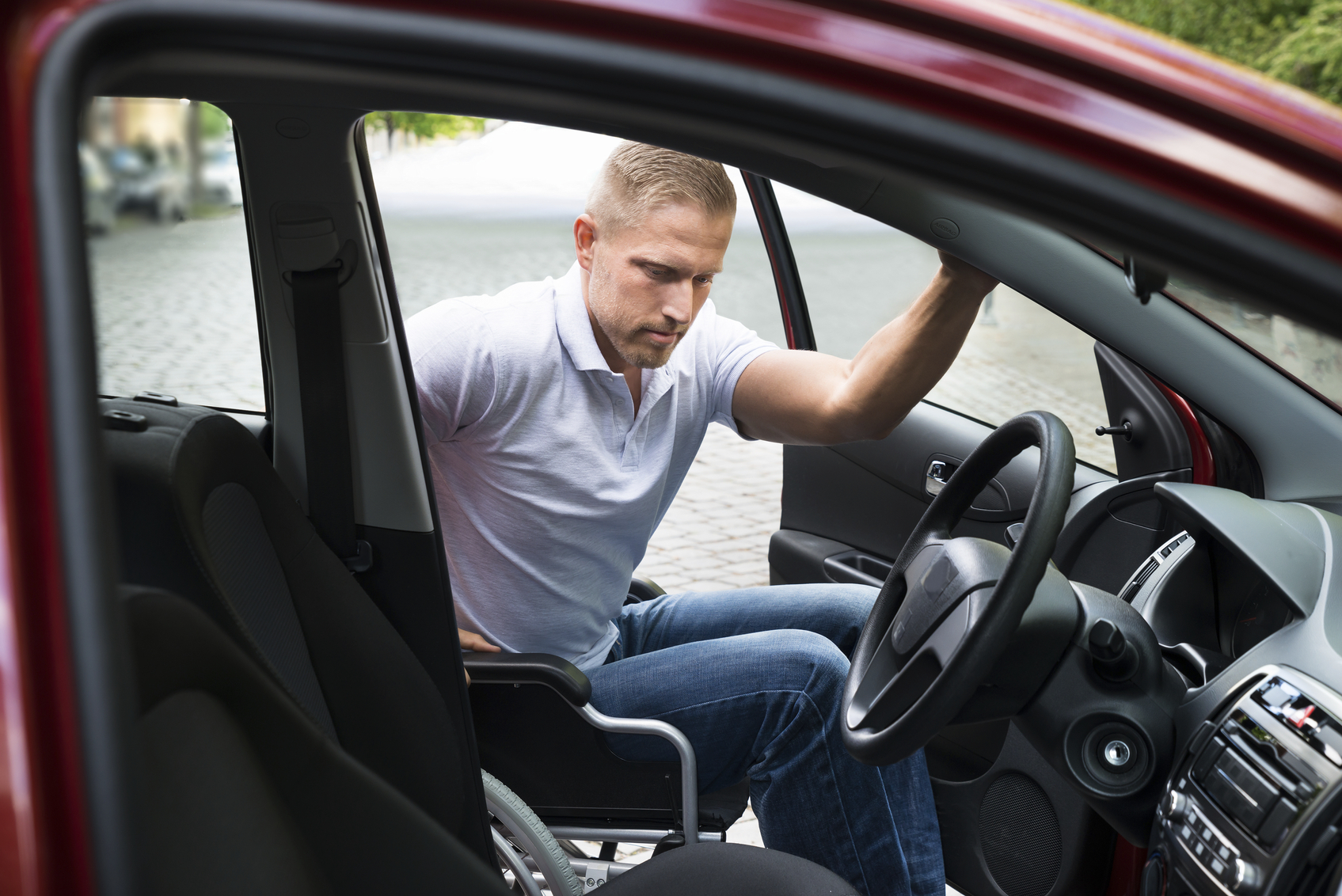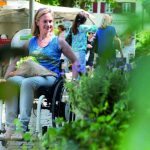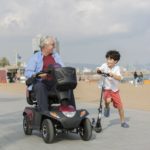Life After A Spinal Cord Injury Is Different, But It Goes On – By Lindsay Nott
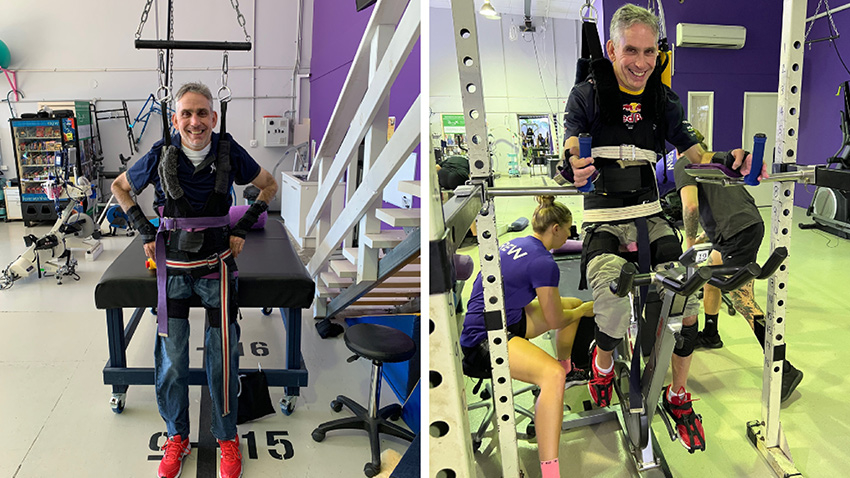
During rehabilitation I took part in weekly gym sports activities – different things ranging from 10-pin bowling, rugby, and going to the movies. Not only did I do physiotherapy and got my body moving, but I also wanted to become more independent.
I remember when I wanted to go snow skiing six months after my discharge, my physiotherapist was fully supportive and advised on what sort of equipment I would need to continue with my love of travel. To open up my sporting options, along with several other patients, I was invited to play weekly quad rugby games, with a stop at the Maccas drive-through for a cheeseburger and sundae before heading back to the Spinal Unit.
Is sporting activity achievable?
Hell yeah, it is! Video games, gym, home workouts, sporting shooters, quad rugby, basketball, adapted sailing, surfing, drone, fishing… the list is endless!
It’s also a great way to meet new people, challenge yourself and learn new life skills
My biggest concerns? People staring, accessibility, location assistance…
To be completely honest, after the first couple of sessions, I felt like I’m just part of the group and fully included. Honestly, people become more chatty, willing to assist, keep an eye out and make sure you are all okay.
It may not be sports or attending a gym, but it could be getting back into gardening, or any activity you enjoyed before your injury. Look at it as a new challenge and work out how can you get back into trying what you love.
With the assistance of support workers and organisations to make facilities more accessible, life is becoming more inclusive, allowing opportunities for people like myself to join back in.
As always I find partaking in any kind of physical activity allows my body to move and become more flexible, and this helps with everyday activities, along with a sense of fulfilment and gets me out of the house
I found that jumping straight in and starting helped to take away the fear of the unknown.
I find it also helps that I am meticulous about my approach, my support workers, transport, and accessibility
Activities such as swimming, snorkelling and surfing require detailed approaches. I find this allows for mental barriers that I had to be easily dispelled within a matter of minutes so that I can enjoy the activity at hand.
Support workers have played a major role in my journey to being more active and they have learned along the way, and have helped encourage me to tackle new activities. They then have the knowledge to take to their other clients.
Adaptive equipment comes in all sorts of forms, so speak to your health professionals about adaptive equipment that allow you to hold weights, a paintbrush, or a shovel. Wheelchairs now come in all shapes and sizes including those made for specific sports and activities.
About the author
Lindsay, who was born and grew up in Brisbane, Australia, obtained a spinal cord injury several years ago which sees him getting around on four wheels instead of two legs. His injury hasn’t stopped him from making the most out of what he refers to as “my beautiful life”.
Lindsay’s journey began on the last day of grade 12 at the age of 17 when he went for a celebratory swim at Southbank, Brisbane and broke his neck at vertebrae C5. Over the last 28 years, Lindsay has done public speaking at universities, conferences, fundraisers, and within healthcare settings. He also works part-time, travel, attend the gym and volunteers as a peer support mentor for the newly injured and their families. Lindsay is an advocate for disability awareness and his goal is to help people and their families who are in similar situations.


